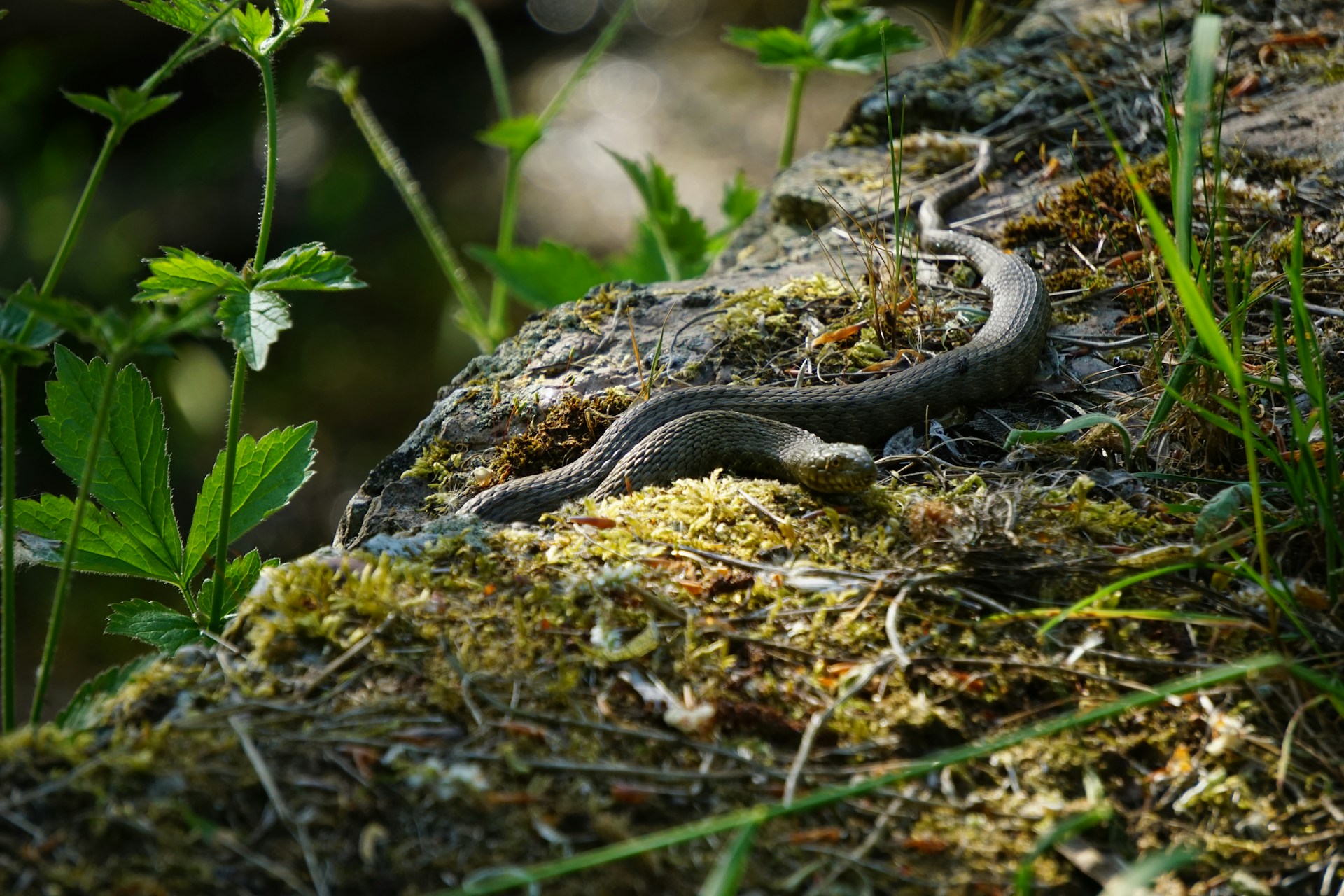The question of whether snakes experience boredom is more complex than it might initially seem. Unlike mammals with their highly developed limbic systems, snakes possess different brain structures that process emotions and experiences differently. Reptilian brains are primarily focused on survival functions rather than complex emotional states as we understand them. However, this doesn’t mean snakes are entirely devoid of psychological needs or that they can’t experience negative effects from unstimulating environments. Research increasingly suggests that while snakes may not experience “boredom” in the human sense, they do benefit significantly from environmental complexity and opportunities to engage in natural behaviors. Their welfare depends not just on meeting basic physical needs but also on providing appropriate behavioral outlets and mental stimulation.
Signs of understimulation in Captive Snakes
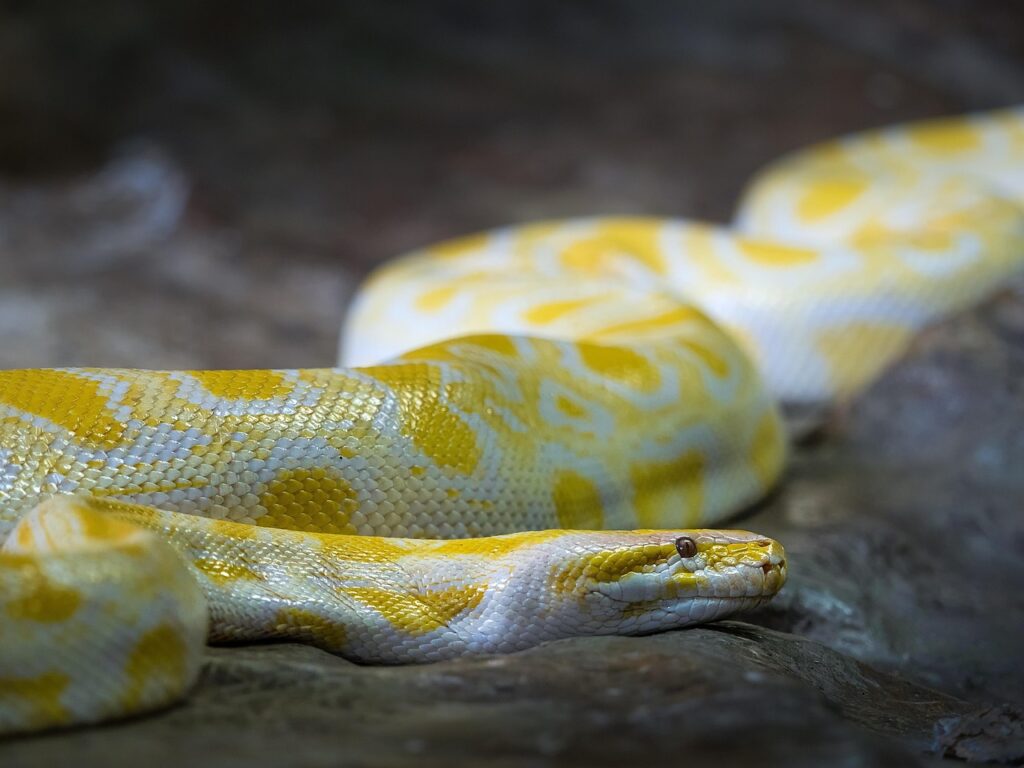
Recognizing when a snake might need more enrichment requires careful observation of behavioral changes. Stereotypical behaviors—repetitive movements that serve no obvious purpose—such as excessive rubbing against enclosure walls, repeated attempts to escape, or constant pacing along the same path may indicate understimulation. Some snakes may display decreased activity levels, spending excessive time hiding or showing little interest in their surroundings. Feeding response issues, including reduced interest in food or unusual feeding behaviors, can also signal that a snake’s psychological needs aren’t being met. Physical manifestations might include poor muscle tone from lack of exercise or stress-related health problems. These signs don’t necessarily mean your snake is “bored” in the human sense, but rather that it needs more appropriate environmental stimulation to support its natural behaviors.
The Natural Behaviors of Wild Snakes
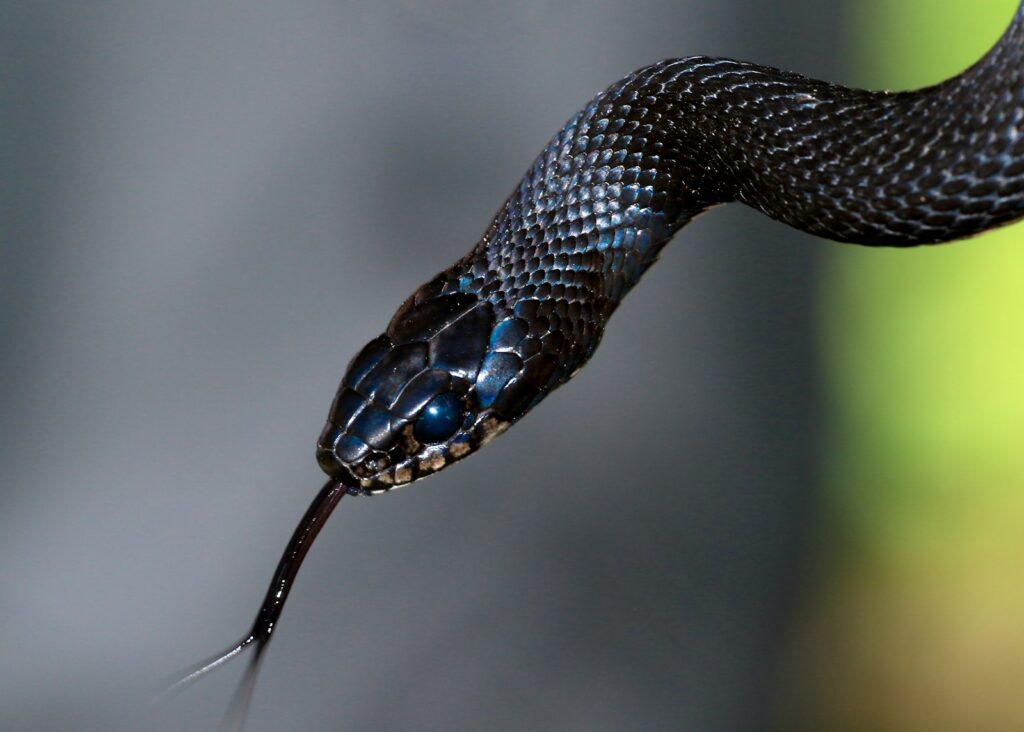
To understand how to enrich captive snakes’ lives, we must first consider their natural behaviors in the wild. Wild snakes spend significant portions of their time engaged in complex activities: hunting and tracking prey using highly specialized sensory adaptations, exploring varied terrain that challenges their bodies, thermoregulating by moving between different microhabitats, seeking appropriate shelter from predators and elements, and for some species, engaging in social interactions or territorial behaviors. Many species travel considerable distances, with some covering several miles within their home ranges. Their environments are rich with sensory input—varying temperatures, humidity levels, smells, textures, and visual stimuli. These natural activities engage a snake’s brain and body in ways that simple captive environments often fail to replicate. By understanding these natural behavioral patterns, keepers can better design enrichment strategies that allow their captive snakes to express these innate behaviors.
Enclosure Design: Creating an Engaging Habitat

The foundation of effective snake enrichment begins with thoughtful enclosure design that prioritizes both security and stimulation. Rather than the minimalist setups often recommended in outdated care guides, modern understanding suggests that complex environments benefit reptile welfare. An engaging habitat should include varied terrain with multiple climbing opportunities for arboreal species or burrowing substrates for terrestrial and fossorial snakes. Creating different temperature and humidity zones allows snakes to thermoregulate naturally, making choices about their comfort. Multiple secure hiding spots of different sizes and types provide both security and decision-making opportunities. Naturalistic backgrounds and varied substrates offer different textures for the snake to experience and explore. The enclosure should be appropriately sized—while too small is obviously problematic, an extremely large space without adequate security features can sometimes cause stress rather than enrichment, so thoughtful design matters more than simply maximizing size.
Physical Enrichment: Encouraging Movement and Exploration
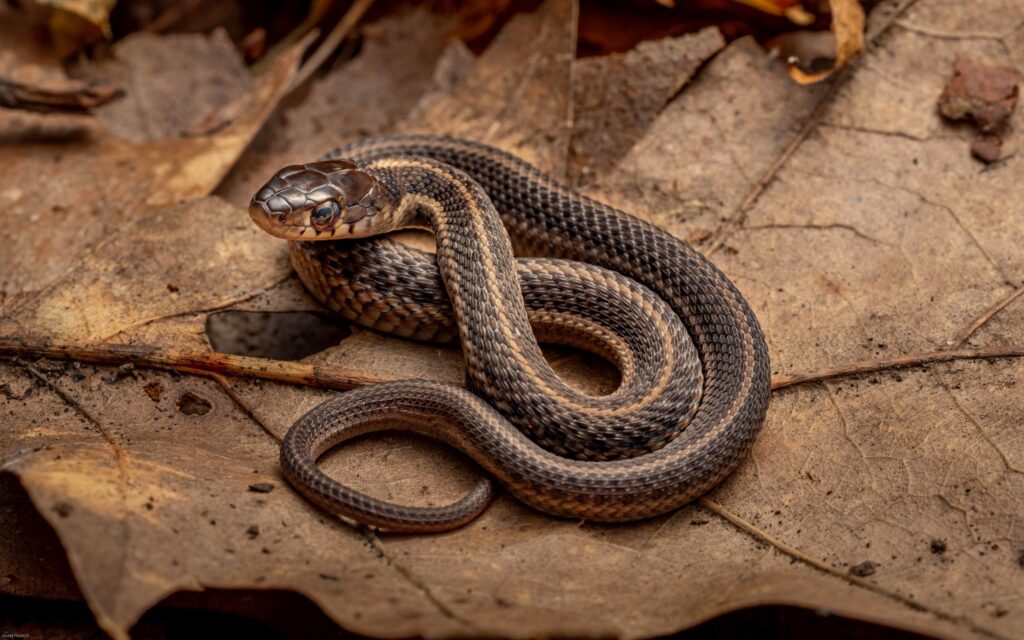
Physical enrichment focuses on providing opportunities for snakes to exercise their bodies in ways that mimic natural movement patterns. Branches, vines, and other climbing structures allow arboreal species to engage in climbing behaviors, strengthening muscles and providing exercise. For terrestrial species, varied terrain with rocks, logs, and different substrate depths encourages natural locomotion patterns. Tunnels and caves provide opportunities for exploration and can be periodically rearranged to create novel experiences. Some keepers successfully use puzzle feeders that require the snake to work to access prey, simulating hunting behaviors. Swimming opportunities can benefit many species, even those not typically considered aquatic, as many snakes swim in their natural habitats. Physical enrichment should be species-appropriate—a burrowing species needs different opportunities than a tree-dwelling one—and should always prioritize safety, avoiding anything that could cause injury or entrapment.
Sensory Enrichment: Stimulating the Senses
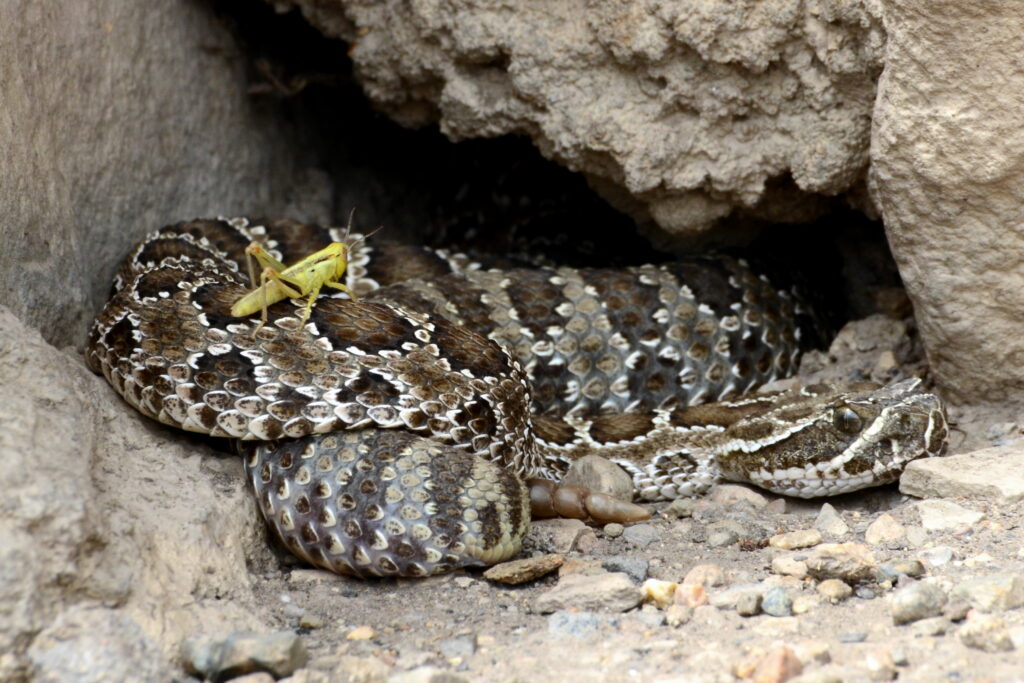
Snakes experience their world primarily through highly specialized sensory systems that differ significantly from our own. Providing sensory enrichment means engaging these unique perceptual abilities. Olfactory enrichment can be particularly effective since snakes have an excellent sense of smell, enhanced by their vomeronasal organ (Jacobson’s organ). Introducing safe, natural scents from prey items, plant materials from their native habitats, or even scent trails can stimulate exploratory behavior. Visual enrichment might include naturalistic decorations, moving shadows, or changes in lighting that respect their photoperiod needs. Tactile experiences through different substrate textures, from smooth stones to rough bark or soft moss, provide sensory information as the snake moves. Thermal enrichment—creating temperature gradients rather than uniform heat—allows snakes to make choices about their body temperature, engaging their thermoregulatory behaviors. Even subtle vibrations can provide stimulation for species sensitive to ground movements, though care should be taken not to create stressful conditions.
Feeding Enrichment: Beyond the Simple Meal
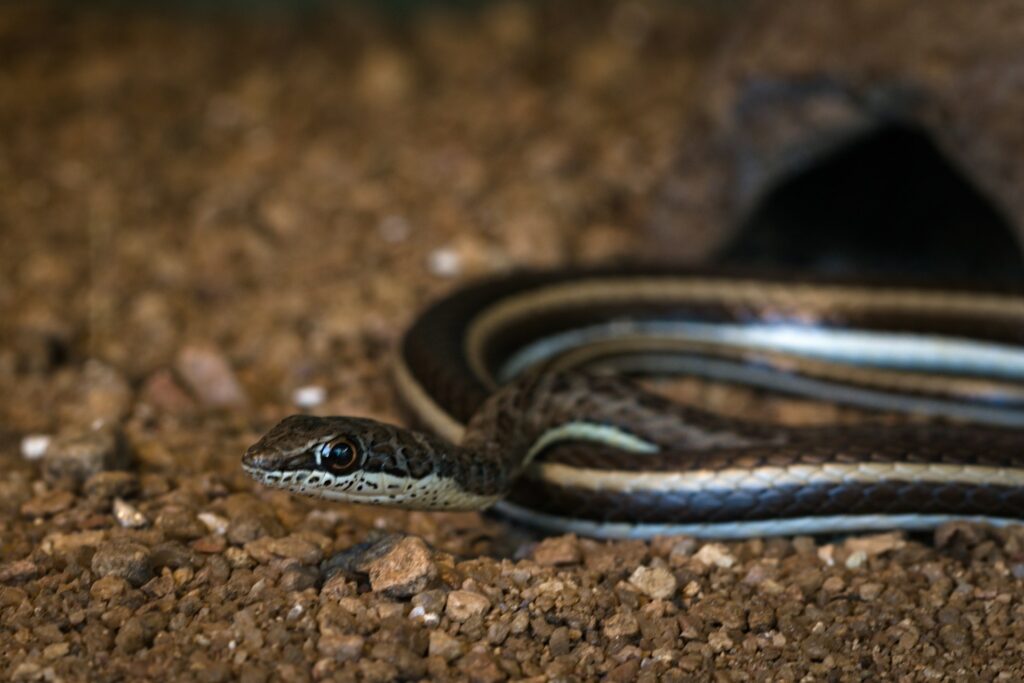
Feeding time presents one of the best opportunities for meaningful enrichment in captive snakes. Rather than simply offering pre-killed prey in the same manner each time, keepers can create more stimulating feeding experiences. Varying the presentation method can engage hunting behaviors—try suspending prey for arboreal species, partially hiding it for ground-dwellers, or creating scent trails leading to food. Different prey types (within appropriate size and nutritional parameters) can provide novel experiences and nutritional variety. For some species, puzzle feeders that require problem-solving to access food can provide mental stimulation. Even the schedule can be varied slightly to prevent feeding from becoming too predictable, though consistency in overall nutrition and appropriate intervals between meals remains important. Always prioritize safety—feeding enrichment should never risk injury to the snake or encourage inappropriate feeding responses directed at keepers.
Social Enrichment: Understanding Snake Sociality

While snakes aren’t typically considered social animals in the way mammals often are, the social needs of snakes are more nuanced than commonly believed. Some species do demonstrate social behaviors in the wild, from communal hibernation to complex mating rituals or even limited forms of parental care. For these species, carefully managed interactions with conspecifics during appropriate seasons may provide meaningful enrichment. However, most snakes are solitary by nature, and forcing social interactions can cause significant stress. For solitary species, “social” enrichment might instead involve controlled, positive keeper interactions, such as gentle handling sessions for species that tolerate it well. The mere presence of the keeper during enclosure maintenance can constitute a form of enrichment through novel stimuli. Any social enrichment must be approached with careful consideration of the individual snake’s temperament and species-typical behavior patterns, always prioritizing the animal’s welfare over human desires for interaction.
Novelty and Rotation: Keeping Enrichment Fresh

The effectiveness of enrichment often diminishes over time as snakes become accustomed to their environments. Introducing novelty through a thoughtful rotation system helps maintain the benefits of enrichment activities. Creating a schedule for changing elements of the enclosure—rotating climbing structures, rearranging hides, or introducing new textural elements—provides ongoing mental stimulation. Seasonal changes can be simulated by adjusting lighting patterns, temperature gradients, or even humidity levels in ways that mimic natural annual cycles. Keeping a log of different enrichment items and their effects on your snake’s behavior can help identify which types of novelty are most effective for your particular animal. However, balance is crucial—too much change can be stressful, especially for more sensitive species. Each snake will have individual preferences, and keepers should observe closely to determine the appropriate pace of novelty introduction that stimulates without overwhelming their snake.
Species-Specific Enrichment Considerations
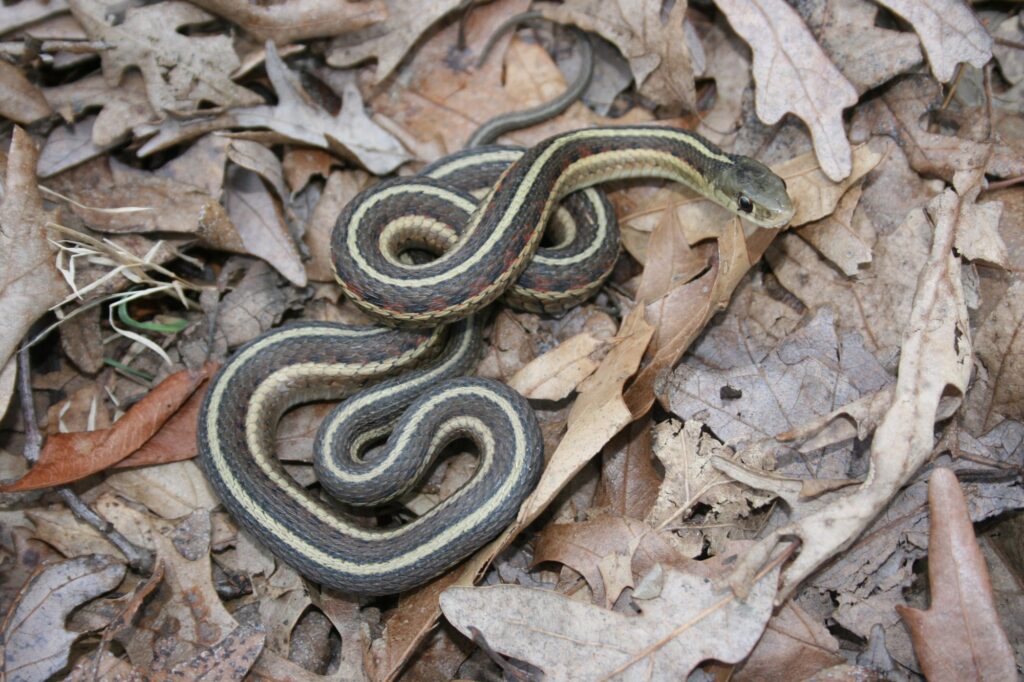
Effective enrichment must be tailored to the natural history and behavioral needs of specific snake species. Arboreal species like green tree pythons (Morelia viridis) or emerald tree boas (Corallus caninus) require complex vertical spaces with multiple perching options and height variations. In contrast, fossorial species such as Kenyan sand boas (Gongylophis colubrinus) or Mexican burrowing pythons (Loxocemus bicolor) benefit from deep, varied substrates that allow for natural digging behaviors. Semi-aquatic species like water snakes (Nerodia spp.) appreciate shallow water features for swimming and soaking. Desert-dwelling species might enjoy sand baths and rocky hides that mimic their arid native habitats. Even within these broad categories, individual species have unique adaptations and preferences that should inform enrichment choices. Research into a species’ natural habitat, diet, activity patterns, and seasonal behaviors provides valuable insights for creating appropriate enrichment strategies. What constitutes enrichment for one species might be stressful or meaningless to another, making species-specific knowledge essential for effective enrichment planning.
Monitoring the Effects of Enrichment

Assessing whether enrichment efforts are beneficial requires systematic observation and documentation of snake behavior. Keepers should establish a baseline of normal behaviors before implementing new enrichment strategies, then watch for positive indicators such as increased exploration, more natural movement patterns, improved feeding response, or reduced stereotypical behaviors. Keeping a journal of enrichment activities and corresponding behavioral observations can reveal patterns over time. Weight, feeding records, shedding quality, and general health parameters should be monitored to ensure enrichment isn’t causing stress or other negative outcomes. Not all snakes will respond to enrichment in the same way—what works for one individual might not work for another, even of the same species. Patience is important, as some snakes may take time to adjust to new enrichment opportunities. If negative behaviors emerge, such as food refusal, defensive posturing, or excessive hiding, the enrichment approach should be reconsidered and potentially modified or withdrawn.
Common Enrichment Mistakes to Avoid
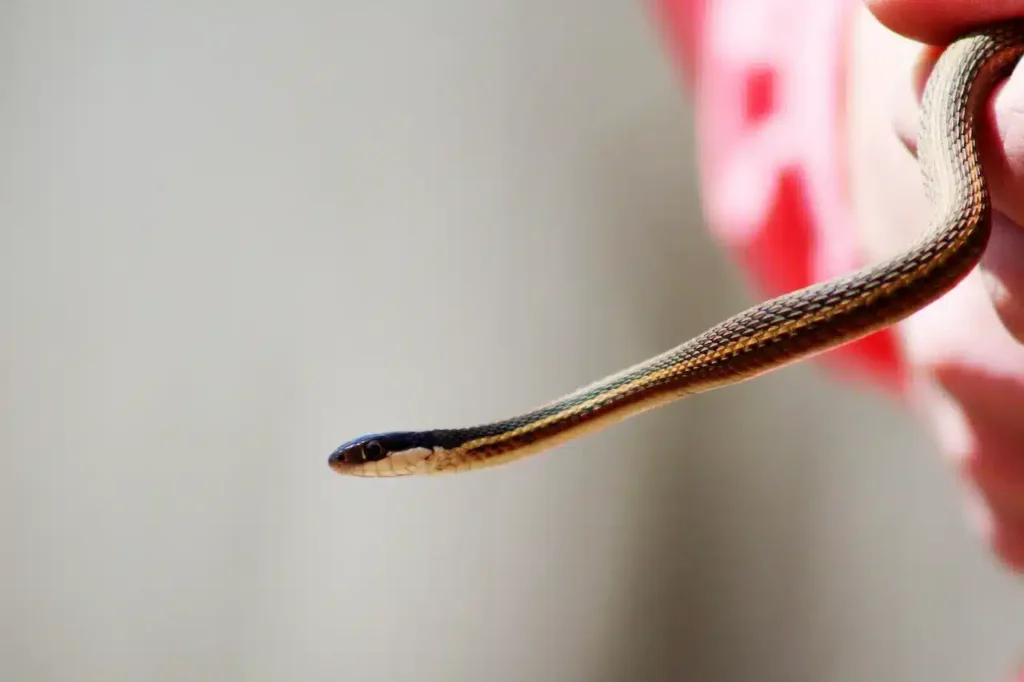
While well-intentioned, some enrichment approaches can potentially harm rather than help captive snakes. Overcrowding the enclosure with too many items can create stress by eliminating clear pathways or reducing usable space. Introducing inappropriate items like sharp objects, toxic plants, or materials that could cause impaction if ingested poses obvious physical dangers. Forcing interaction when a snake shows signs of stress contradicts the purpose of enrichment. Some keepers mistakenly believe that challenging feeding (like offering live prey to snakes accustomed to pre-killed food) constitutes good enrichment, when it may actually create unnecessary stress or injury risk. Another common error is applying mammal-centric enrichment ideas to reptiles without considering their fundamentally different needs and cognitive processes. Perhaps most problematically, using enrichment as justification for keeping snakes in otherwise inadequate conditions misses the point that enrichment should supplement, not substitute for, proper husbandry fundamentals like appropriate temperature gradients, humidity levels, and enclosure size.
The Future of Snake Enrichment Research
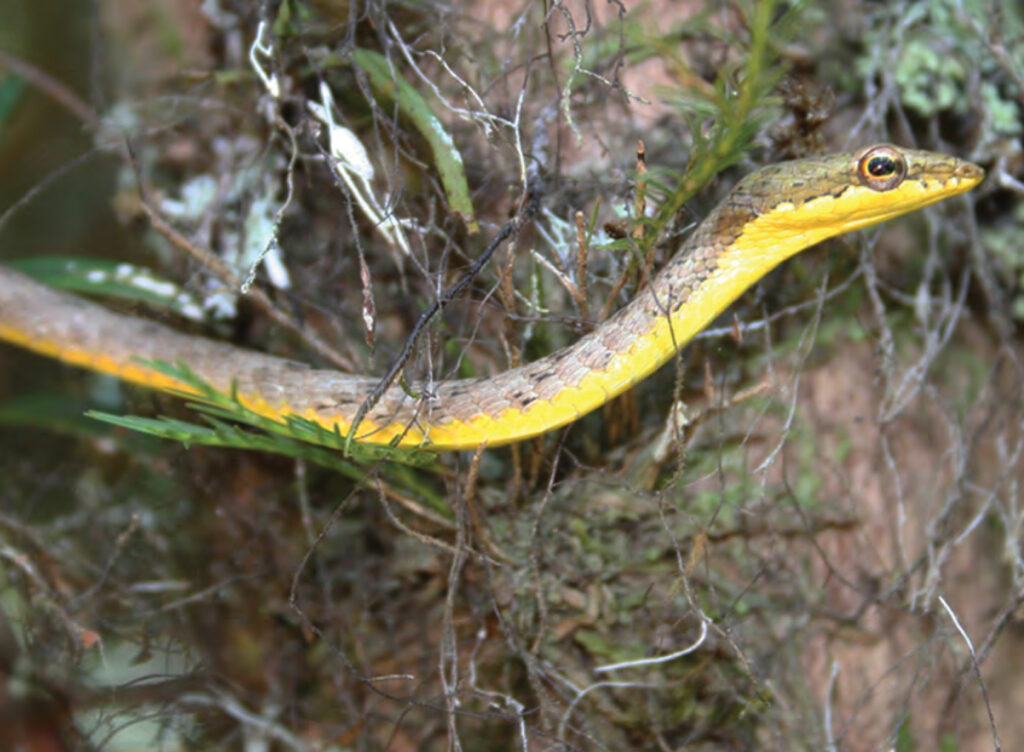
Our understanding of reptile cognition and welfare needs is still evolving, with exciting research expanding our knowledge of snake psychology. Emerging studies using preference testing are revealing which environmental features snakes actually choose when given options, helping to define enrichment from the snake’s perspective rather than human assumptions. Cognitive research is uncovering surprising learning abilities in some snake species, suggesting they may benefit from more complex problem-solving opportunities than previously thought. Technological advances are enabling more sophisticated monitoring of subtle behavioral and physiological responses to different enrichment strategies. Forward-thinking zoos and research institutions are developing evidence-based enrichment protocols that may eventually translate to improved standards for private keepers. As our understanding grows, the field is moving away from anthropomorphizing reptile needs while simultaneously recognizing that these animals have more complex requirements than the minimalist approach that dominated reptile keeping in previous decades.
Conclusion: Creating a Fulfilling Life for Captive Snakes
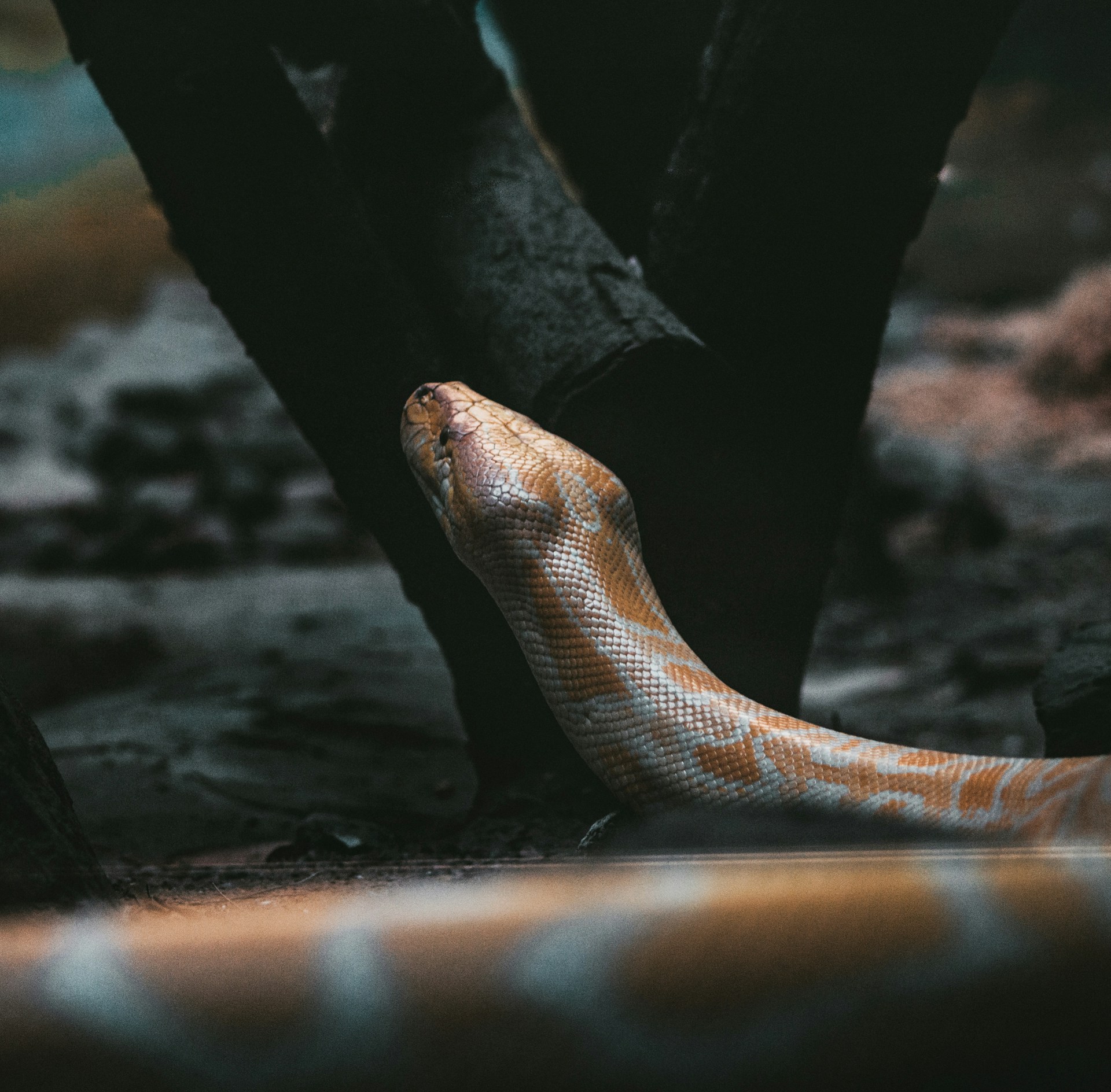
While we may never fully understand whether snakes experience boredom as humans do, the evidence clearly suggests that environmental complexity and appropriate stimulation significantly improve their welfare in captivity. Effective enrichment isn’t about projecting human emotions onto these animals but rather about respecting their evolutionary history and biological needs. By providing opportunities for snakes to express natural behaviors—exploring, hunting, climbing, hiding, thermoregulating—keepers can create more fulfilling captive environments. The best enrichment approaches are thoughtful, species-specific, and based on knowledge of natural history rather than assumptions. As responsible keepers, our goal should be to provide not just the minimum requirements for survival but an environment that supports thriving, where snakes can express their full behavioral repertoire. This more nuanced understanding of reptile needs represents an evolution in reptile husbandry, one that respects these fascinating animals as complex beings worthy of thoughtful care.

